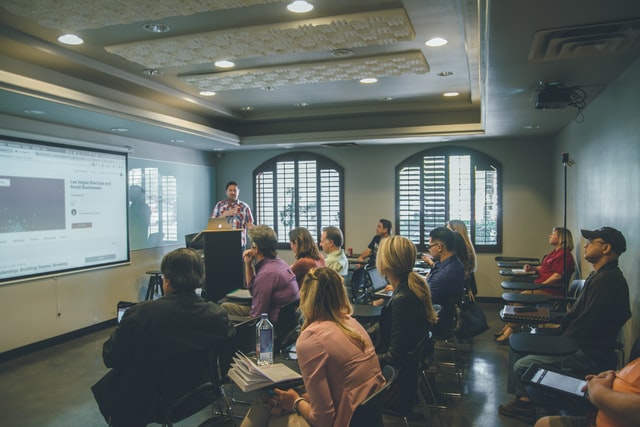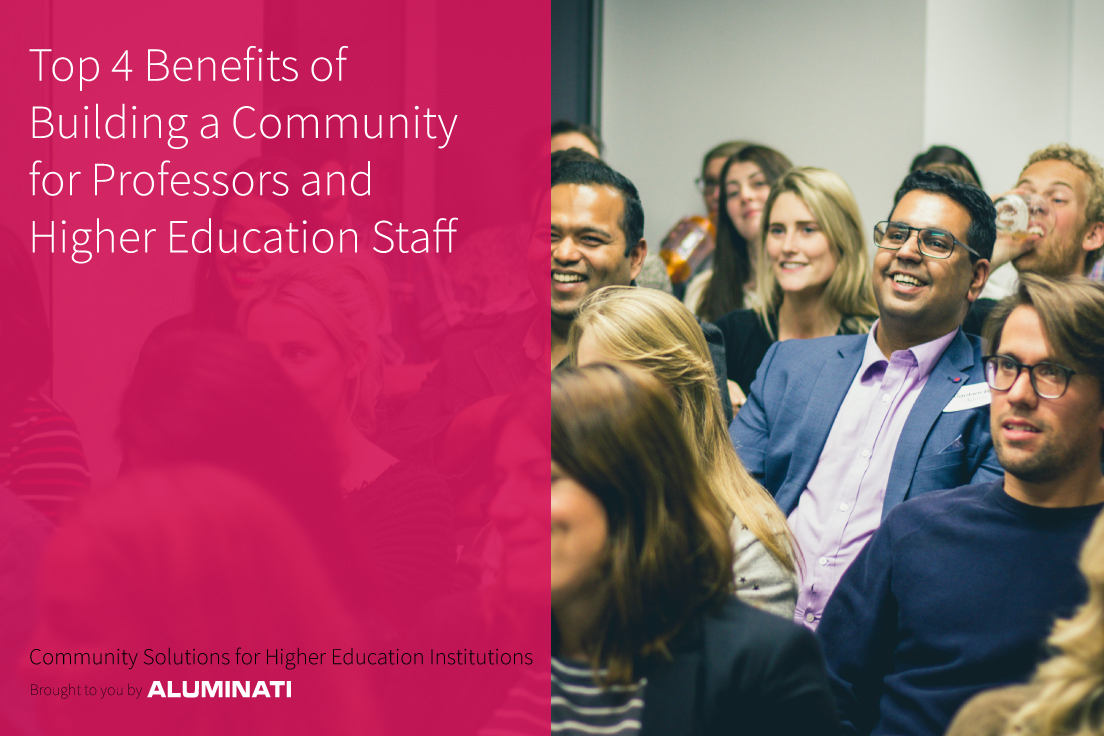In an earlier post, we wrote about the ways that building a strong higher education community will equip admissions and recruitment teams, career services teams, and alumni relations teams. A solidly built and cohesive community enables each of these teams to thrive in their roles and carry out their work with more ease and efficiency.
But, importantly, the benefits of a community aren’t just about helping team members do their work. Indeed, a solidly built higher education community also results in very tangible benefits to the higher ed institute as a whole. (If you don’t work in higher education, check out our article about the top 5 benefits that enterprise companies experience when they build a solid community for their employees.)
Subscribe to receive updates when we publish new and interesting content.

Whether the community building takes the form of mentorship programs (including both staff-staff mentorship and staff-student mentorship) or other community-oriented initiatives, the higher ed organisation as a whole will benefit when its members are well-connected to each other.
Here are some of the top benefits that a higher ed institute experiences from building and nurturing a community for their current faculty and staff members.
1. Engaged employees increase workplace productivity.
When employees are actively engaged in the workplace, they are more inspired to attain and apply their skills. They have higher levels of motivation and productivity, less conflict with their peers and managers, and less absenteeism. Actively engaged employees also report significantly less “unhealthy” work days compared to disengaged employees.
2. When staff feel that they are a part of a community, they are less likely to look for a different role elsewhere.
It’s one thing to show up, do work, and get paid. It’s another thing entirely to truly care about the team and to enjoy doing the work. When employees are connected to other employees through support networks and affinity groups, it deepens their sense of connection to the university at large.
As their engagement and sense of belonging deepens, employees are less likely to pursue an alternate job offer which means that their talent and drive remains in the university.
3. Healthy and happy staff members communicate with each other, which leads to dispersing talent, skills, knowledge, and innovation throughout the university.
Peer to peer connections increases skills, talent and creates pathways for innovation. The more diversity (i.e. of perspectives, skills, and ideas) that exists in a team, the more innovative that team will become. Open channels of communication also support those who need to develop their skills and knowledge base and allow for both formal and ad-hoc opportunities for talent sharing. It’s undeniable that more talent leads to more productivity.
Additionally, as senior employees impart their expertise to more junior employees, it reduces knowledge loss if and when employees leave the university.
4. Satisfied and valued employees are more likely to recommend the work environment to others, which helps to bring in new talent.
When employees truly enjoy working for a university, they sing the university’s praises and encourage other employees to join. This leads to better reviews on sites like Glassdoor, which are extremely important since individuals are more likely to trust information that comes from employees or peers, rather than from an official university spokesperson.
Satisfied employees are also more likely to give word of mouth recommendations.Candidate referrals from current employees account for 10% of reported job interviews. An employee-referred candidate is also more likely to be offered a job compared to other candidates. This means that employees are acting as scouts of new talent, and are actively contributing to talent acquisition.

If you would like support in building and strengthening the community for your higher ed members, Aluminati is here to support you.




















